SUMMARY
This is AI generated summarization, which may have errors. For context, always refer to the full article.
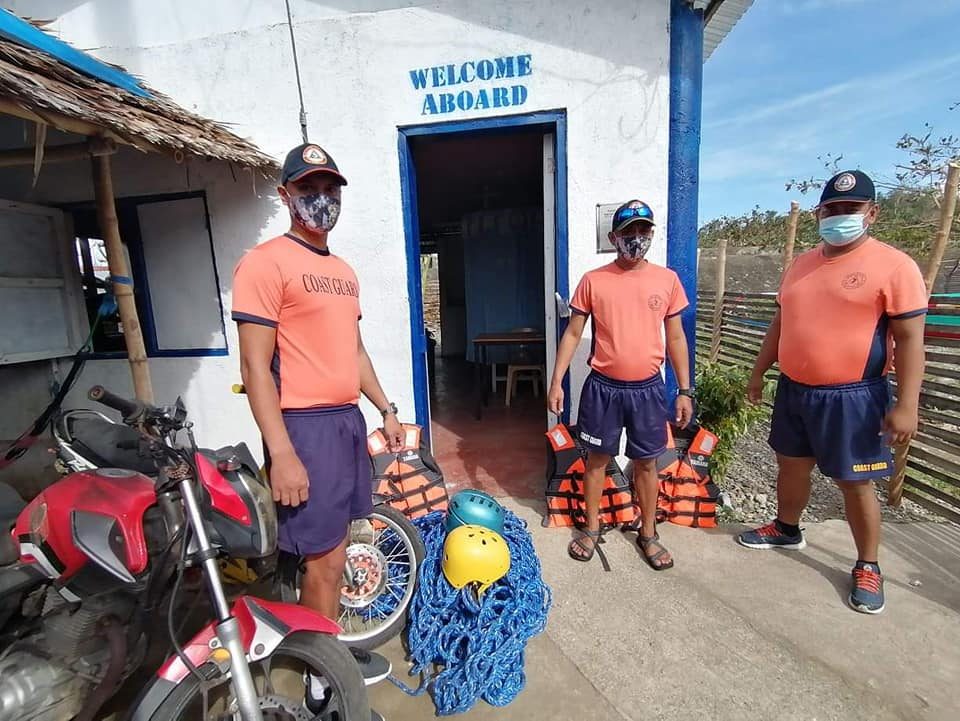
The experts have warned us: Typhoon Rolly (Goni) is the strongest typhoon to hit the planet this year. It is currently roaring towards the Philippines near the Bicol region for a possible landfall on Sunday, November 1, the day of the dead.
Disaster response plans were already in place. But the country right now is faced with a unique situation – a violent typhoon during a global pandemic. How will the national disaster bureau respond to a massive disaster during a health crisis?
As early as May, the National Disaster Risk Reduction and Management Council (NDRRMC) released Memorandum No. 54 to prepare for the rainy season during the COVID-19 pandemic.
“COVID-19 does not stop other disasters from happening but the pandemic leads us to shift and adjust on how to prepare for them,” the memorandum said.
According to the memo, the science and warning agencies such as PAGASA and PHIVOLCS shall provide scientific data on the imminent risks in the country, while the Department of Health (DOH) is expected to provide data on the demographic profile of low to high risks to COVID-19 areas. This would serve as a main reference for decision-making.
In an interview with Rappler, NDRRMC Spokesperson Mark Timbal said they made adjustments in their disaster response plan in light of the pandemic.
“Dati, noong normal times pa, kapag may emergency, sige mag-respond tayo using the usual equipment, using the usual system pero ngayon dahil may COVID-19 na, we have to make sure that the responders and the evacuees are protected against infection,” he said.
(Before, during normal times, whenever there was an emergency, we just responded using the usual equipment and the usual system. But now that we have COVID-19, we have to make sure sure that responders and evacuees are protected against infection.)
Timbal said that they would ensure strict monitoring of health and physical distancing the process of responding to emergency situations.
Social distancing in evacuation centers
The disaster bureau’s plans focused on the evacuation planning. “Dapat bago pa mangyari ang emergency, naka-designate na. Alam na natin ang mga evacuation centers na gagamitin, kailan dapat i-evacuate ang tao, ano ang mga equipment na dapat gamitin to transport people at kung ilang tao lang ang pwede ma-house sa evacuation center,” he said.
(Before an emergency happens, everything should have been designated. We should know what evacuation centers are to be used, when people are going to be evacuated, what equipment are to be used to transport people, and how many people should be housed in an evacuation center.)
Timbal said they wanted to avoid crowding in evacuation centers because this might start the spread of COVID-19 among evacuees.
While local government units (LGUs) have schools as an option to house evacuees during the typhoon, he said there were more than 100 dedicated evacuation centers across the country. He said these facilities were built during the pandemic as ordered by President Rodrigo Duterte.
The only problem is these buildings are being used as COVID-19 facilities by some LGUs.
Separating the sick
“Part of the evacuation planning that we have specified for our LGUs is that dapat naka-imbentaryo na sa kanila lahat ng facility ng local government na pwede gamitin sa evacuation center. Hindi pwedeng gamitin, hindi pwede magdala tayo ng evacuees doon sa COVID-19 facilities. Bawal talaga. We cannot mix the sick with those who are not,” Timbal said.
(Part of the evacuation planning that we have specified for our LGUs is that all facilities of local governments should have been inventoried. We cannot transport our evacuees in COVID-19 facilities. It’s a no-no. We cannot mix the sick with those who are not.)
The NDRRMC said that the number of evacuees per facility should be “counted” and should not exceed the maximum limit to guarantee physical distancing. Only 1 to 3 families are allowed to occupy per classroom.
“Ang classroom dati paramihan ang family na pwedeng makatuloy. Ngayon, 1 to 3 families na lang ang pwede mag-occupy. Tapos kapag naabot na ang count sa school, sabihin natin good for 500 people lang siya, hindi na pwedeng magpasok pa ng ibang tao,” Timbal said.
(Before, a classroom could accommodate as many family as it could. But now, only 1 to 3 families are allowed to occupy. If the school has reached its maximum count, let’s say it’s good for 500 people only, additional people are not allowed.)
What if the emergency is so massive?
As Typhoon Rolly is expected to cut across several parts of the Bicol region and Central Luzon, a disaster of a massive scale is possible. If cities and municipalities could not accommodate all residents in their respective evacuation centers, Timbal said there is a provincial disaster management council that can assist them in assigning additional facilities for evacuees.
Cities and municipalities that will suffer less damage can house evacuees from areas that will be greatly affected by the typhoon.
The NDRRMC would also provide additional help to LGUs. Although some LGUs have used their quick response fund (QRF) during the pandemic, which is 30% of their local disaster risk reduction management fund, Timbal said they have allowed LGUs to use the remaining 70% allotted for preparedness.
“The funds must be used in accordance to their annual investment plan, meaning ang popondahan lang nila ay ang mga na-project nila na pangangailangan ng mga kababayan nila for those emergencies,” Timbal added.
(The funds must be used in accordance to their annual investment plan, meaning they should just fund the projects that they deem necessary for their constituents during emergencies.)
How prepared is the NDRRMC?
Timbal said it is an advantage that agencies such as PAGASA gave early warnings and updates about an incoming typhoon. That way, plans were already being executed for preparation even if the typhoon is still outside of the Philippine Area of Responsibility or PAR.
“Meron naman tayong stockpile ng relief support items. Ang mga warehouse natin across the country ready for distribution and deployment. Given that situation, prepared naman tayo,” he added.
(We have a stockpile of relief support items. Our warehouses across the country are ready for distribution and deployment. Given that situation, we are prepared.)
In terms of funds, the Department of Social Welfare and Development (DSWD) has a stockpile and standby funds of P1.25 billion. The standby fund amounts to P546.88 million while P712.99 million is allotted for relief operations.
This is separate from the NDRRMC fund of P16 billion for 2020, which was allotted for recovery and rehabilitation. However, P3.5 billion has already been used for the Marawi rehabilitation and another P5 billion has been used for the repair and response of the earthquakes in Davao and SOCCSKSARGEN regions in 2019.
This means that the disaster bureau has a remaining fund of P7.5 billion for recovery and rehabilitation for other calamities such as typhoons for the rest of the year. Timbal said this is enough to provide “extensive support to any emergency.”
Lessons from Yolanda
Timbal recalled his experience during Super Typhoon Yolanda (Haiyan) in 2013 where the delivery of equipment and supplies to Tacloban was hampered because all points of entry were closed.
He called it a “logistical nightmare” because airplanes couldn’t land at the airport at the time as there were a lot of debris scattered on the tarmac that needed to be cleared.
Super Typhoon Yolanda (Haiyan) ravaged Eastern Visayas on November 8, 2013, leaving more than 6,000 dead and around 1,800 missing. It was deemed one of the world’s strongest typhoons on record.
Timbal said preparations for the logistics such as the transfer of additional equipment, augment, and supplies are already underway.
The NDRRMC also now has an agreement with private sector organizations, business organizations to transport whatever is needed to an area affected by the typhoon.
“Lahat ng avenue of transport – land, sea, air, – ay ginagawa na natin ng paghahanda in case ng mass transport ng mga supplies, and people,” he said.
(All avenues of transport – land, sea, air – we’re already doing our preparation in case of mass transport of supplies and people.)
Since physical distancing should be observed in the preparations and response, government assets from the military – navy and air force – would be used. Timbal said assets from partner organizations were also being organized for the disaster response.
He said that one of the lessons that they learned in their experience with Yolanda was that preparations should be advanced, but he admitted that the pandemic was an additional challenge in their operations.
“The goal is zero casualty. Pero ngayon, hindi lang dapat zero casualty, zero infection din dapat in the process,” Timbal said.
(The goal is zero casualty. But now, our goal is not only to achieve zero casualty, but also zero infection in the process.) – Rappler.com
Add a comment
How does this make you feel?
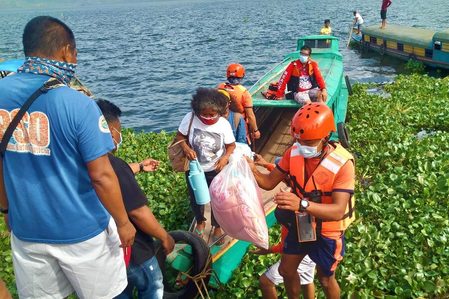
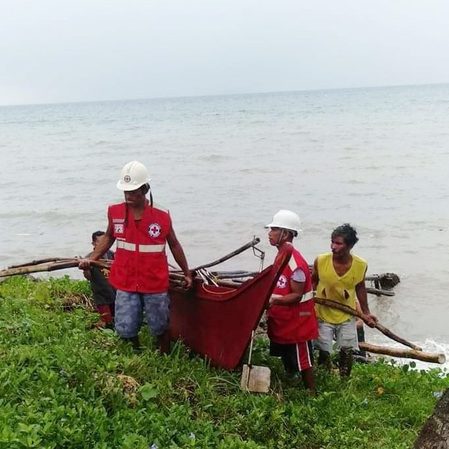
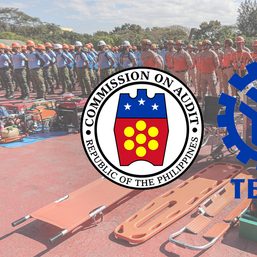
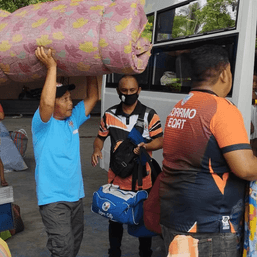

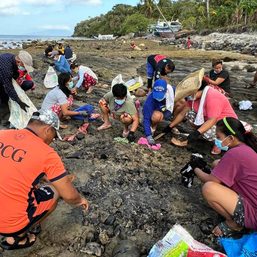
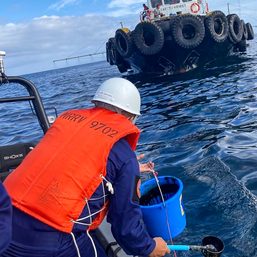
There are no comments yet. Add your comment to start the conversation.